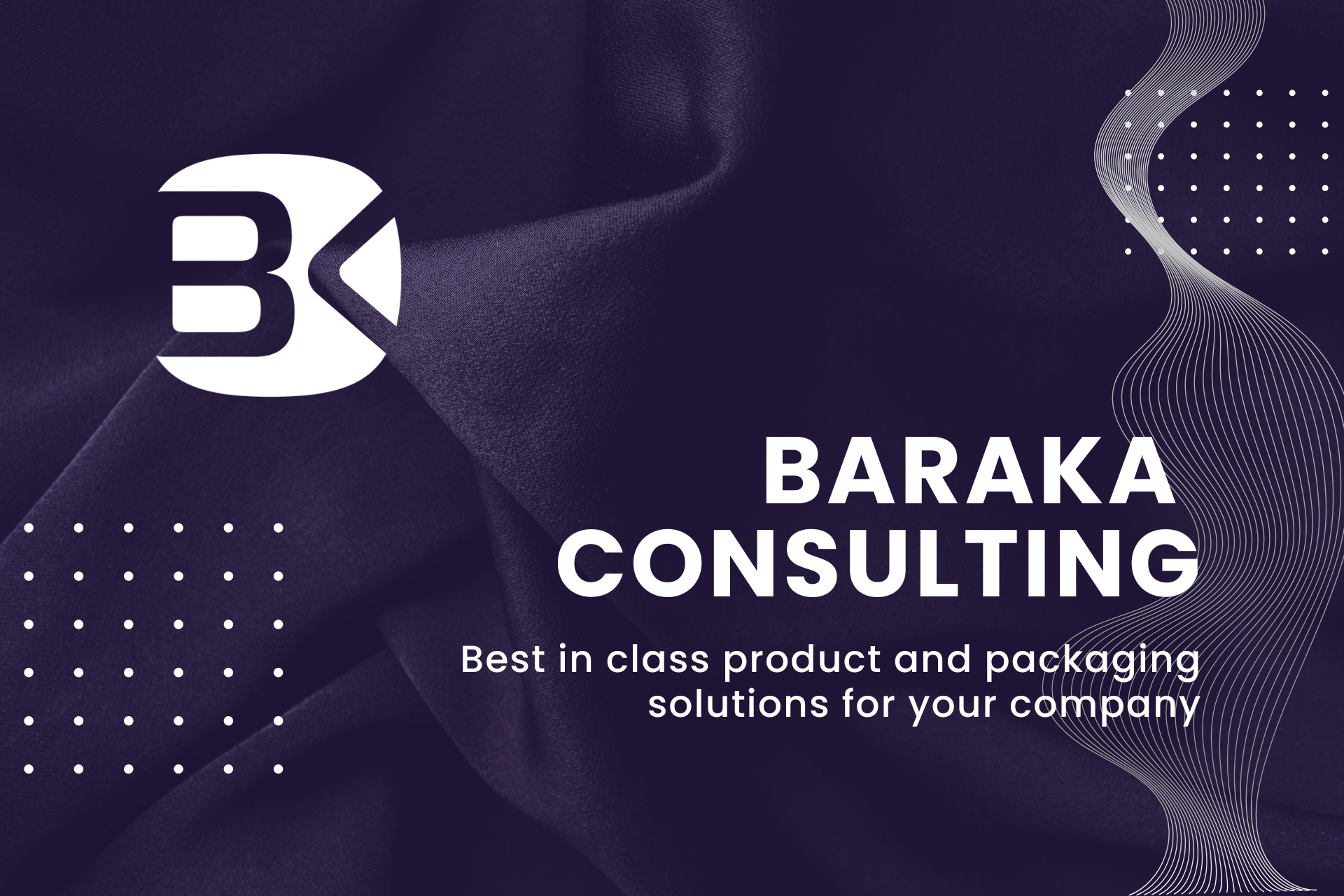Traditional vs. Modern Packaging Methods: Which Is the Best Option for Your Business?
Baraka • September 23, 2024
Traditional vs. Modern Packaging Methods: Which Is the Best Option for Your Business?
Introduction
Packaging plays a crucial role in business, influencing not only product protection but also brand perception and consumer decision-making. Choosing between traditional and modern packaging methods is a key decision that can impact your company's sustainability, costs, and marketing strategy. But which method is best for your business? Let’s dive into the pros and cons of both approaches to help you decide.
What Are Traditional Packaging Methods?
Definition and History
Traditional packaging methods date back to the early days of commerce, focusing on basic but reliable materials like paper, glass, and metal. These materials have been used for centuries due to their durability and ability to protect products during transportation and storage.
Common Types of Traditional Packaging
- Paper-based packaging: Think of the classic cardboard boxes or paper bags that have been a staple for packaging for decades.
- Glass containers: Used especially in the food and beverage industry, glass offers both strength and a premium feel.
- Metal cans: Ideal for long-term storage, metal cans are typically used for food preservation.
- Wooden crates: These are more common in industries that require heavy-duty protection, such as shipping delicate or high-value goods.
Benefits of Traditional Packaging
One of the major advantages of traditional packaging is its eco-friendliness. Materials like paper and glass are highly recyclable, making them more sustainable choices. Traditional packaging methods are also known for their durability, which is essential for long-distance shipping and rough handling.
What Are Modern Packaging Methods?
Definition and Evolution
Modern packaging methods emerged as industries grew more global and needed efficient, cost-effective solutions. Materials like plastic and flexible packaging have transformed the landscape, providing more innovative, lighter, and visually appealing options.
Common Types of Modern Packaging
- Plastic packaging: A versatile material, plastic can be molded into any shape and is used widely in every industry from food to electronics.
- Flexible packaging: Often used in snack foods or personal care products, flexible pouches are lightweight, easy to store, and increasingly sustainable.
- Sustainable and bio-based packaging: In response to growing environmental concerns, many companies are now opting for biodegradable or bio-based plastics, which are derived from renewable resources.

Advantages of Modern Packaging
Modern packaging offers unparalleled customization and branding opportunities. The materials allow for intricate designs, making your packaging more visually appealing. It is also cost-effective due to the lightweight nature of plastics and other modern materials, which reduces shipping costs. Advances like smart packaging can also enhance the user experience by including features such as temperature sensors or QR codes for product information.
Key Differences Between Traditional and Modern Packaging
Materials and Sustainability
Traditional packaging often uses natural materials like paper or glass, which are more sustainable but can be heavier and more expensive to produce. Modern packaging, while often criticized for its use of plastic, is evolving with more sustainable innovations like biodegradable plastics.
Customization and Flexibility
Modern packaging allows for more flexibility in design. Whether it's shape, size, or color, modern materials offer endless possibilities for customizing your packaging to fit your brand's image. Traditional packaging, while sturdy, is often limited in its ability to be customized.
Cost and Efficiency
Modern packaging is generally more cost-efficient due to its lightweight and mass production capabilities. Traditional packaging tends to have higher material and shipping costs because of its weight and the complexity of manufacturing.
Aesthetic and Marketing Appeal
Both methods have their strengths when it comes to aesthetic appeal. Glass, for instance, offers a premium feel, while modern plastic packaging can be more visually stimulating with its flexibility in design.
Pros and Cons of Traditional Packaging Methods
Pros
- Durability: Materials like glass and metal are incredibly strong and long-lasting.
- Eco-friendly: Paper and glass are recyclable, making them better for the environment.
- Time-tested: These methods have a proven track record in product protection.
Cons
- Higher production costs: Glass and metal are expensive to produce.
- Limited design flexibility: Traditional materials are harder to customize.
- Bulkiness: Traditional packaging can be heavier, leading to increased shipping costs.
Pros and Cons of Modern Packaging Methods
Pros
- Lightweight: Plastic and flexible packaging significantly reduce shipping costs.
- Customizable: Modern methods offer endless possibilities for branding and design.
- Extended shelf life: Innovations like vacuum-sealed or smart packaging can improve product longevity.
Cons
- Environmental concerns: Non-recyclable plastics contribute to global pollution.
- Higher initial costs: Setting up modern, innovative packaging systems can be expensive.
Factors to Consider When Choosing Between Traditional and Modern Packaging
Type of Product
Fragile or high-end products may benefit from the protection and premium feel of traditional packaging, while lightweight, mass-produced goods may be better suited to modern, flexible packaging.
Budget Constraints
If cost is a concern, modern packaging methods, especially those using plastic, are typically more affordable.
Target Market Preferences
Consumers are becoming more environmentally conscious, so opting for sustainable packaging—whether traditional or modern—could positively impact your brand.
Sustainability Goals
If your company is focused on reducing its carbon footprint, biodegradable or recyclable materials, whether traditional or modern, should be a priority.
Industry-Specific Packaging Needs
Food and Beverage
Traditional materials like glass and metal are still widely used in this industry for their durability and preservation qualities.
Electronics and Technology
Modern packaging methods, especially those using anti-static plastics, are essential for protecting sensitive electronic components.
Pharmaceuticals
The pharmaceutical industry benefits from both traditional glass vials and modern smart packaging that ensures product integrity.
Future Trends in Packaging
Growth of Sustainable Packaging
As environmental concerns grow, expect to see more innovations in sustainable materials and eco-friendly designs.
Smart Packaging Technology
With advancements in smart packaging, you can expect more products that interact with consumers, offering features like freshness indicators or product tracking.
Minimalist and Eco-friendly Designs
Consumers are leaning towards minimalist designs that use less material and promote a more eco-friendly image.
Conclusion
When deciding between traditional and modern packaging methods, the choice depends on your product, budget, and brand values. Both methods offer distinct benefits, and the right choice will align with your company's goals for sustainability, cost-effectiveness, and market appeal.
What is the main difference between traditional and modern packaging?
Traditional packaging uses natural, durable materials like paper and glass, while modern packaging focuses on lightweight, customizable options like plastic and flexible packaging.
Is traditional packaging still relevant in today’s market?
Yes, traditional packaging remains relevant, particularly in industries that prioritize durability and eco-friendliness.
How can I make my packaging more eco-friendly?
You can opt for biodegradable materials, reduce excess packaging, or choose recyclable options like paper and glass.
What industries benefit most from modern packaging methods?
Industries like food, electronics, and pharmaceuticals often benefit from modern packaging due to its flexibility, lightweight nature, and technological advancements.
Can traditional packaging be integrated with modern technology?
Yes, traditional packaging methods can be enhanced with modern innovations, such as adding QR codes or smart sensors to glass or paper-based packaging.



